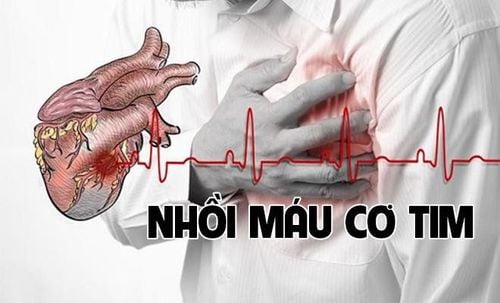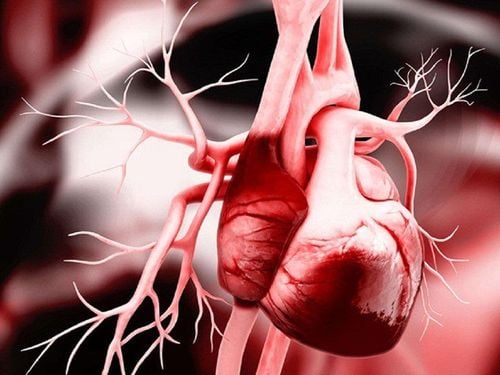This is an automatically translated article.
Myocardial perfusion scintigraphy is one of the most sensitive and specific non-bleeding methods for the diagnosis of ischemic heart disease. Myocardial perfusion scintigraphy is a method aimed at assessing cardiac function.1. What is myocardial perfusion scan?
Myocardial Perfusion Imaging is used to evaluate the amount of blood that is being supplied to the heart while you are resting and exercising. This test is usually done to find the cause of chest pain. It may also be done after you have had a heart attack to check which areas of the heart are not receiving enough blood or to assess the extent of damage to the heart muscle. Simultaneously, myocardial perfusion scintigraphy is also used to determine if the coronary arteries are narrowed and to what extent.Some doctors refer to this technique as a “thallium” scan. Myocardial perfusion scintigraphy is usually performed after mild exercise to assess the myocardial response to exercise.
2. When is myocardial perfusion scintigraphy?
People at high risk for coronary artery disease When you have symptoms of angina, angina on exertion Assess the patient's risk before coronary intervention Assess risk after myocardial infarction heart Assess the degree of coronary disease Evaluate myocardial perfusion after coronary intervention, coronary surgery Evaluate the effectiveness of drug therapy in patients with coronary artery disease Evaluate myocardial survival - survival.
Chụp xạ hình tưới máu cơ tim để đánh giá nguy cơ sau khi bị nhồi máu cơ tim
3. Cardiac perfusion scintigraphy technique
Myocardial perfusion scintigraphy by SPECT/CT is the best technique for assessing progression of coronary artery disease. The SPECT/CT myocardial perfusion scintigraphy is a very safe technique. If the patient has stable angina and is considering surgery or percutaneous coronary intervention, a SPECT/CT myocardial perfusion scan should be performed to assess cardiac function and myocardial ischemia prior to treatment. when intervening.Before the myocardial perfusion scan, you will first be injected into the bloodstream with a radioactive mixture (99mTc) attached to a drug (specific for each organ to be examined). Depending on the situation, radioactive material can be introduced into the body by ingestion, aerosol inhalation, or subcutaneous injection. 99mTc is an artificial radioisotope with a short half-life (6 hours). Alternatively, you can take 131 Iodine, which is also an artificial radioisotope with a short half-life (8 days).
These compounds emit Gamma radiation. Two detectors (Detectors) will receive this radiation simultaneously emitted from the patient's body and reproduce it into images through specialized software.
The device operator guides you to lie on the table within the scanning range of the SPECT/CT machine system, depending on the location and requirements of the doctors. The time to take a myocardial perfusion scan will be from 15 minutes to 45 minutes, or it can be longer depending on the complex nature of the lesion site (sometimes it has to be taken multiple times and the waiting time will be long). .
After the myocardial perfusion scan is completed, you may be kept for a short time or you may leave immediately.
After image processing, the results will show the lesions on the body in the form of anatomical and functional images. After that, the images and results report will be handed over to you or sent directly to the sending doctor.
4. Attention when taking myocardial perfusion scintigraphy

Trước khi chụp xạ hình tưới máu cơ tim, bạn phải chắc chắn không mang thai
Please dial HOTLINE for more information or register for an appointment HERE. Download MyVinmec app to make appointments faster and to manage your bookings easily.













